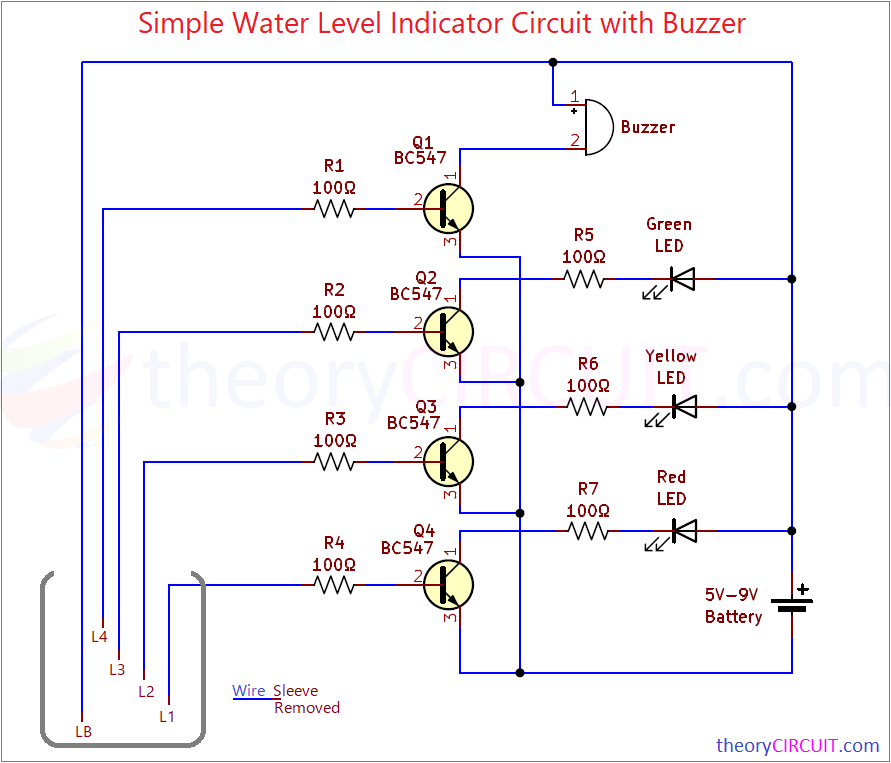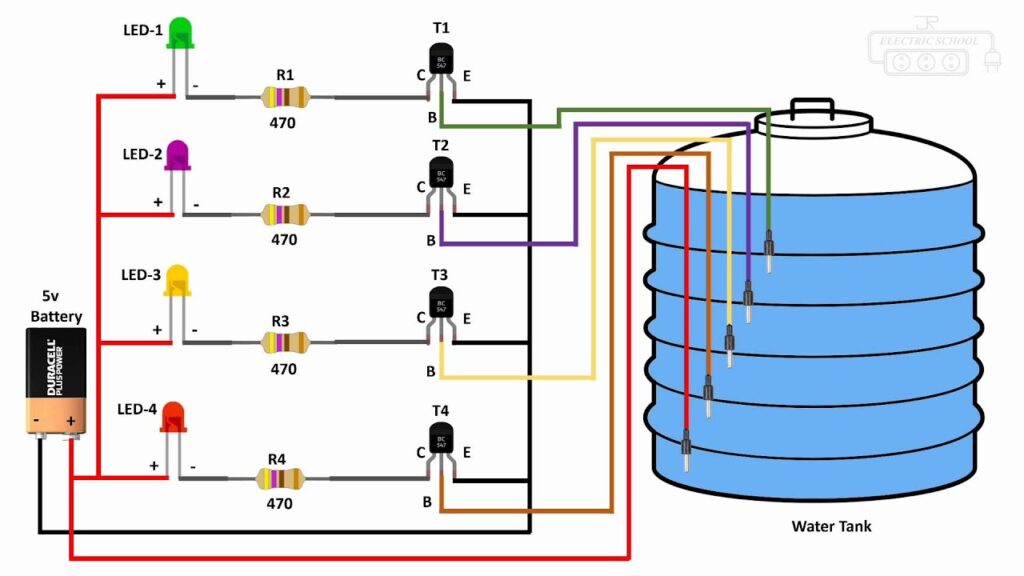Water Level Indicator
A Water Level Indicator is an electronic device or system designed to monitor and indicate the water level within a container such as a tank, reservoir, well, or any other water storage unit. In a world where water conservation and resource management have become increasingly critical, the implementation of systems that help monitor water usage and prevent wastage is not just practical but essential. One such system is the water level indicator, which serves the dual purpose of convenience and sustainability.
The core function of a water level indicator is to detect the water level at different heights in the tank and provide real-time feedback to the user. This feedback can be in the form of LED indicators, buzzers, LCD displays, or even mobile notifications in advanced systems. Traditionally, people had to manually check the water level in their storage tanks, a task that was time-consuming, inefficient, and prone to human error. With the water level indicator, this process is automated and more reliable, helping to avoid issues such as tank overflows, dry running of water pumps, and unnecessary power consumption.

Objective
- Monitor water level in real-time.
- Visually indicate the level using LEDs or LCD.
- Alert users with a buzzer when water reaches high or low thresholds.
- Optional: Automatically control the water pump.
🧰 Components Required
| Component | Quantity | Description |
|---|---|---|
| Conductive Probes / Wires | 5–6 | Act as water level sensors |
| BC547 Transistors | 4–5 | To amplify current from sensor probes |
| LEDs (Red, Yellow, Green) | 4–5 | Indicate different water levels |
| 1kΩ Resistors | 5–6 | Current limiting for LEDs |
| Buzzer (Optional) | 1 | For overflow or dry tank alarm |
| Power Supply (5V/9V) | 1 | Battery or adapter |
| PCB or Breadboard | 1 | For circuit assembly |
| Relay Module (Optional) | 1 | For automatic pump control |

🛠️ Working Principle
The basic principle behind the project is water conductivity. Water allows a small amount of current to flow through it. Wires placed at different heights inside the tank detect whether the water has reached that level.
Here’s how it works:
- Metal probes or wires are inserted at various levels of the tank (e.g., 25%, 50%, 75%, 100%).
- When water touches a probe, it completes the circuit and sends a small current.
- This current is fed to a transistor that amplifies the signal to light an LED.
- A buzzer or pump relay can be activated when water is full or too low.
🔌 Circuit Explanation
Each probe is connected to the base of a transistor through a resistor. The transistor is in a common emitter configuration:
- Emitter → Ground
- Collector → One end of an LED (the other end to VCC through a resistor)
- Base → Probe inside water tank
When water touches the probe:
- A small current flows into the base of the transistor.
- The transistor switches ON, allowing current to flow from collector to emitter.
- This lights up the LED, indicating that specific water level.
📊 LED Indications Example
| Water Level Reached | LED Color | Status Message |
|---|---|---|
| 25% (Low) | Red | Water is Low |
| 50% (Medium) | Yellow | Water is Half Full |
| 75% (High) | Green | Water is Almost Full |
| 100% (Full) | Blue/White | Tank is Full |
🧠 Applications
- Domestic water tanks – for level monitoring and pump control.
- Industrial tanks – where automated refilling is necessary.
- Agricultural fields – in irrigation and water management.
- Overhead or underground reservoirs
📈 Advantages
- Low-cost and easy to build.
- No programming required (for basic version).
- Helps in saving water and energy.
- Prevents motor burnout by indicating low water.
- Can be extended with IoT or Arduino for automation.
🔧 Optional Enhancements
- Arduino-Based Version: Show percentage level on LCD.
- Pump Automation: Use a relay to turn motor ON/OFF.
- SMS Alert System: Add GSM module for remote alerts.
- IoT Dashboard: View water level online via app or webpage.
🧪 Conclusion
The Water Level Indicator is a practical and beginner-friendly project that provides real-time water tank monitoring. It helps save water, prevents tank overflow, and ensures effective use of water resources. Whether used at home or in larger systems, it’s a valuable addition to any smart environment.
